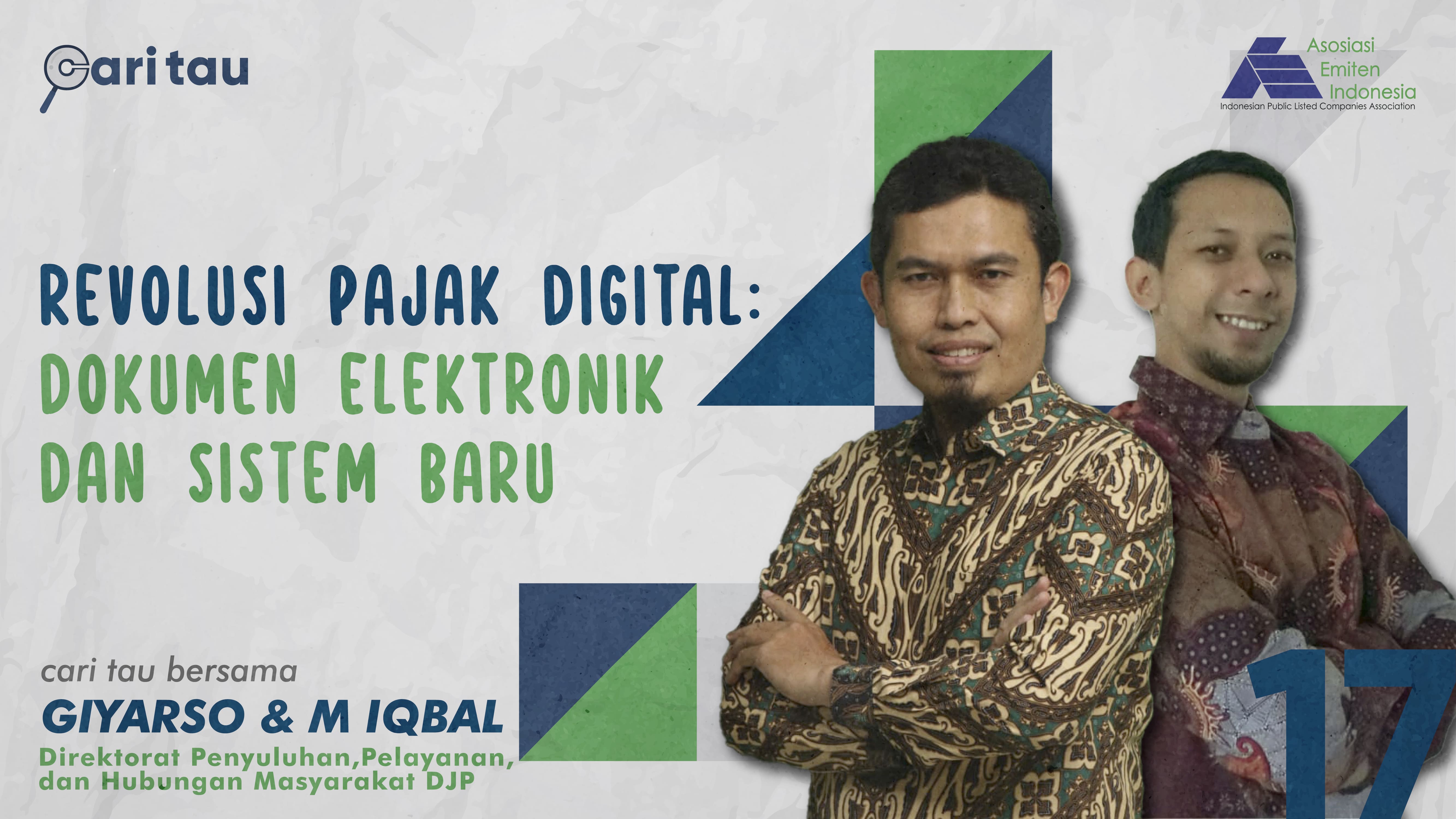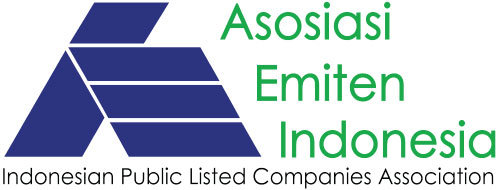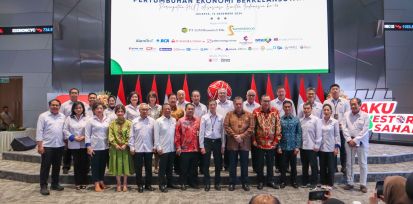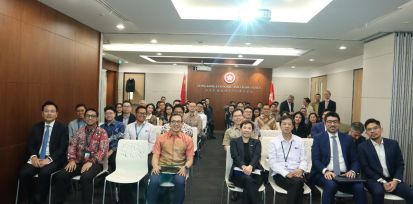
Get to know Coretax: A more transparent and efficient tax administration system
The Directorate General of Taxes (DJP) is carrying out major updates to the tax administration system by presenting Coretax, a system that is more transparent, efficient, effective, accountable and flexible. Coretax is expected to be able to improve tax services in Indonesia by integrating various business processes in one sophisticated digital platform.
In the "Cari Tahu" podcast presented by the Indonesian Issuers Association (AEI), two speakers from DJP, Giyarso (Young Expert Tax Instructor for DJP RI) and Muhammad Iqbal (First Expert Tax Instructor for DJP RI), discussing more deeply about Coretax and how this system will impact taxpayers.
Background and Objectives of Coretax
Coretax was developed as part of the transformation of a more modern and digital-based tax administration system. The rules regarding this system are contained in Minister of Finance Regulation (PMK) 81 of 2024, which aims to:
- Increase efficiency and transparency in tax administration.
- Ensure legal certainty for taxpayers.
- Increase tax revenue to support the national economy.
With this system, taxpayers are no longer limited to one particular Tax Service Office (KPP). If previously taxpayers had to process documents at the KPP where they were registered, now it is a concept borderless, they can take care of administration at any KPP.
According to Beer, Coretax is designed to be more inclusive and accessible to all taxpayers. “Coretax is a very sophisticated system that integrates all business processes at DJP. "All tax services will be centralized on one platform, making it more efficient and transparent," he said.
Difference between Coretax and DJP Online
One of the questions that often arises is the difference between Coretax and DJP Online. According to Muhammad Iqbal, DJP Online is a system that has been used for various digital tax services, but it is still separate. Meanwhile, Coretax integrates 21 DGT main business processes in one integrated system.
“In the past, we used DJP Online which was separate. Now, with Coretax, everything is integrated. In fact, this system is connected to external agencies such as Dukcapil and Directorate General of AHU. For example, when a taxpayer registers and uploads a photo of themselves, the system will match it with Dukcapil data. "If it is not appropriate, then registration will not be able to continue," explained Iqbal.
Additionally, in Coretax, every taxpayer will have an official taxpayer account, which will be used to access tax services digitally.
How to Use Coretax
For taxpayers who want to use Coretax, the first step that must be taken is account activation. The following steps need to be considered:
- Access the official Coretax portal via address coretax.djp.pajak.go.id.
- Make sure your email and cellphone number are active, because activation confirmation will be sent there.
- Create a username, password, and passphrase to access the system and send electronic documents.
- Use this account for all your tax needs, starting from SPT reporting to other administration.
According to Beer, there are three main channels that can be used to access Coretax:
- Taxpayer Portal (Coretax) – The main application for every taxpayer.
- Third party applications (PJAP) – System integrated with Coretax to assist with tax reporting.
- Contact Center DJP – Assistance service to overcome taxpayer problems and questions.
“Taxpayers have flexibility in choosing the channel that best suits their needs. "If they use a third party system such as PJAP, then they can integrate Coretax with the ERP system or company financial reports," he added.
What if you can't access Coretax?
Even though most tax services are now electronic-based, DGT still provides manual services under certain conditions. According to Muhammad Iqbal, around 95% of tax services are digital-based, but there is 5% of cases that still require manual management, like:
- Infrastructure or communications disruption, for example in remote areas.
- Natural disasters or other emergencies.
- Certain applications require physical documents.
In these conditions, taxpayers can still submit tax documents directly to the KPP or via postal and expedition services.
"Even though Coretax is predominantly electronic-based, DJP still provides manual access for taxpayers who face technical problems or limited internet access. Apart from that, taxpayers can now come to any KPP without having to go to the KPP where it is registered, so it is more flexible," explained Iqbal.
Conclusion
With the presence of Coretax, the tax administration system in Indonesia is entering a more advanced and integrated digital era. Taxpayers are expected to immediately activate their accounts and adapt to this new system. This transformation not only simplifies the taxation process, but also increases transparency and legal certainty for all parties involved.
Taxpayers who want to know more about Coretax can access the official DJP portal or contact the DJP Contact Center service.
Complete Discussion in Video: Digital Tax Revolution: Electronic Documents and New Systems




 Back to Home
Back to Home







